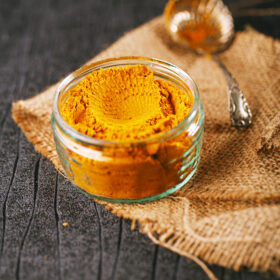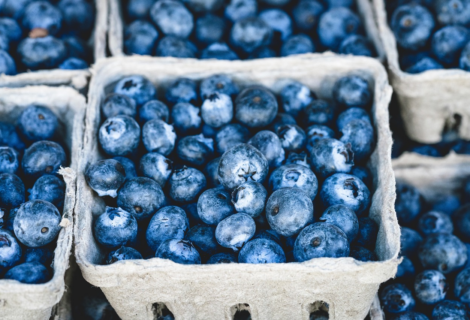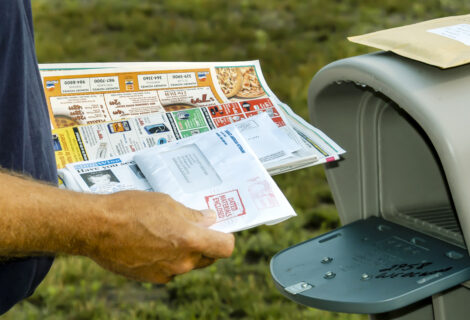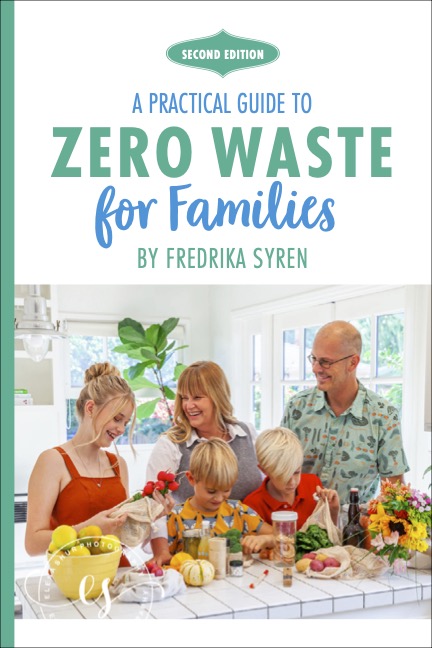Real Christmas Trees vs. Artificial Christmas Trees
It’s a very real debate: Which is better for the environment, an artificial Christmas tree or a real fresh-cut one? Considering that Americans spent $1.3 billion on real Christmas trees and over $850 million on fake trees in 2015 alone, it’s a question worth addressing. According to the National Christmas Tree Association, about 350 million trees grow on Christmas tree farms in the United States, with about 30 million being harvested annually.
(The quick answer is this: real trees are better, but there are a number of factors involved.)
Artificial Trees
Pros:
- Last for years and years
- No mess from needles or sap
- Lights often are already installed
- Perfectly symmetrical — no wonky sides to hide
Cons:
- Made from toxic materials such as polyvinyl chloride (PVC) and lead, which are non-recyclable, and have been linked to health and environmental problems. Look for polyethylene plastic (PE) trees, a less toxic option.
- Comes with a large carbon footprint — at least three times larger. In order for an artificial tree to be more green than a real one, you need to use it for 8-9 years according to forester Bill Cook, or up to 20 years according to a 2009 Montreal study conducted by the consulting firm Ellipsos.
- Over 85% of artificial trees are manufactured in China. Look for a “Made in the USA” label.
- Takes up significant storage space
- No delightful pine scent
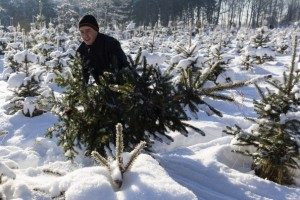 Fresh-Cut Natural Trees
Fresh-Cut Natural Trees
Pros:
- Smell wonderful, naturally
- Grown specifically for Christmas! According to Clint Springer, a botanist and professor of biology at Saint Joseph’s University in Philadelphia, “You’re not doing any harm by cutting down a Christmas tree. A lot of people think artificial is better because you’re preserving the life of a tree. But in this case, you’ve got a crop that’s being raised for that purpose.”
- Farms serve as wildlife habitats for local birds, insects and other wildlife
- Low use of chemical pesticides
- Can be composted or recycled. Look for curbside pickup options or recycling drop-off centers. You might even have an option for tree mulching and chipping programs, so you can recycle your tree and bring home a free bag of mulch for the garden!
Cons:
- Must be purchased every year
- Needles and sap can leave a mess
- Must be disposed of
- Can pose a fire hazard
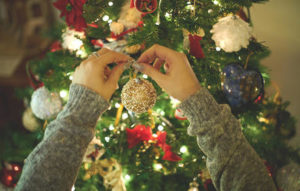 Whether you opt for a real tree or a fake one, buy local. You’ll be supporting local growers and businesses, and preserving local farmland. Check out the Christmas Tree Farm Network – they maintain a comprehensive list of tree farms in the U.S., organized by states.
Whether you opt for a real tree or a fake one, buy local. You’ll be supporting local growers and businesses, and preserving local farmland. Check out the Christmas Tree Farm Network – they maintain a comprehensive list of tree farms in the U.S., organized by states.
Of course, there’s always a third option: a potted live tree that can be planted after the season is over. Be sure to choose a spot wisely with an eye to its future growth and space requirements.
Which option will you choose this year? Let us know in the comments!
If you you buy a real tree here is what to do with it after Christmas instead of sending it to a landfill.



